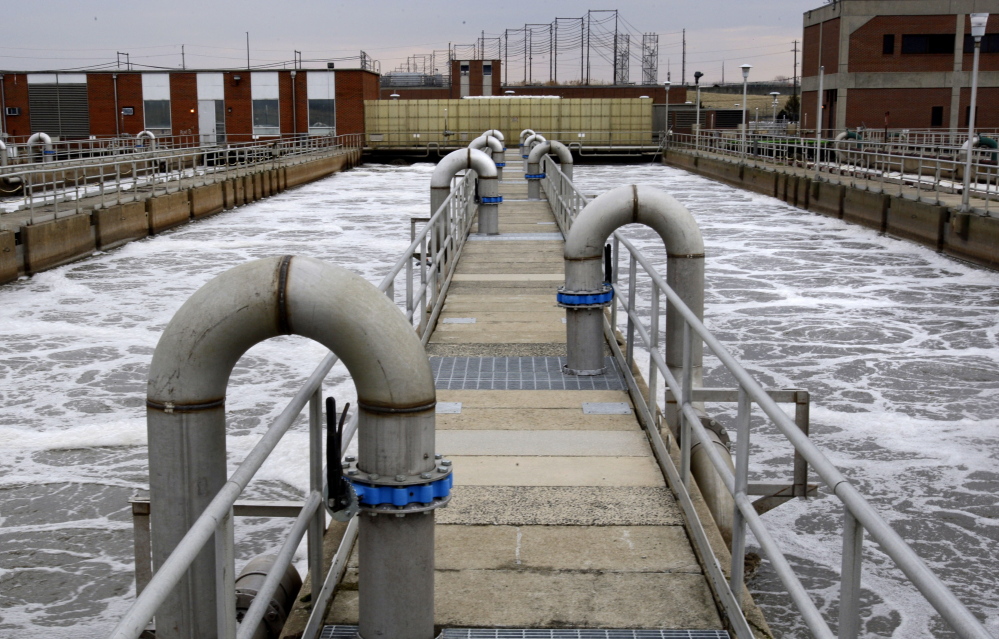NEW YORK — The ancient Greeks used clay and stone; the Romans, sponges and salt water. Americans made do with rags, newspapers or mail-order catalogs until 1890 when the Scott brothers popularized toilet paper on a roll.
Only in the past decade have grownups seized upon moist “flushable” wipes similar to those that clean baby bottoms, a product that has become a prized asset in a flat market. Accelerating sales are demonstrated inside the world’s sewers, where tons clog equipment. From New York to London, the hygiene fad costs governments millions of dollars a year.
As profit drive collides with the public’s interest in functional wastewater infrastructure, officials are discussing regulation and how to assess the cost of ungunking the system.
At stake is nothing less than “the long-term viability of the product category,” said David Rousse, president of the Association of the Nonwoven Fabrics Industry, a Cary, North Carolina-based trade group that represents manufacturers.
Wastewater officials in New York and other cities say products advertised as flushable aren’t, and that adults use products such as baby wipes that are too resilient to dissolve.
New York City, which runs the largest U.S. sewer system, has spent more than $18 million during the past five years replacing and repairing sewer-plant pumps, gears, valves and screens clogged when the clothlike material didn’t disintegrate.
“A growing number of adults think that if it’s good for baby, it’s good for them,” said Vincent Sapienza, deputy commissioner of the city Department of Environmental Protection. “Many brands may say they’re flushable, but they wind up in our sewer plants fully intact.”
Wipes compose about a third of the debris choking screens and pumps in U.S. treatment plants, and about 30 percent were sold as flushable, said Cynthia Finley, director of regulatory affairs for the National Association of Clean Water Agencies in Washington.
In New York, the city must pay workers to pull the stuff off screens and pumps and to cart it to landfills. Residual material extracted increased to more than 40,000 tons last year from 21,000 tons in 2008, Sapienza said.
In London, a 15-ton wad of wet wipes and cooking grease last year accumulated to the size of a school bus inside a sewer line, preventing neighborhood toilets from flushing. It took more than three weeks for Thames Water Utilities Ltd. to break up the “fatberg.”
Similar blockages have been experienced in Orange County, California; Columbus, Georgia; and Vancouver, Washington. The Portland, Maine, water district is still paying for the $4.3 million it borrowed in 2009 for screens to catch wipes before they ruin pumps..
“The average consumer believes if a product clears their toilet bowl, it’s flushable,” said Jamie Rosenberg, a market researcher for Mintel Group Ltd.
Send questions/comments to the editors.



Success. Please wait for the page to reload. If the page does not reload within 5 seconds, please refresh the page.
Enter your email and password to access comments.
Hi, to comment on stories you must . This profile is in addition to your subscription and website login.
Already have a commenting profile? .
Invalid username/password.
Please check your email to confirm and complete your registration.
Only subscribers are eligible to post comments. Please subscribe or login first for digital access. Here’s why.
Use the form below to reset your password. When you've submitted your account email, we will send an email with a reset code.